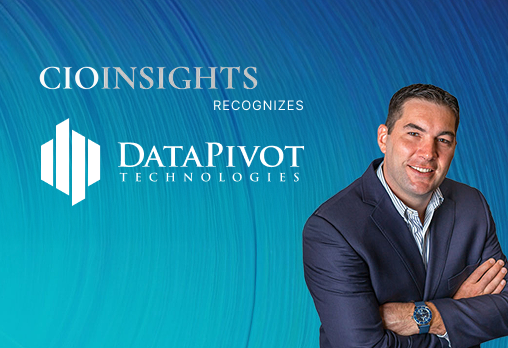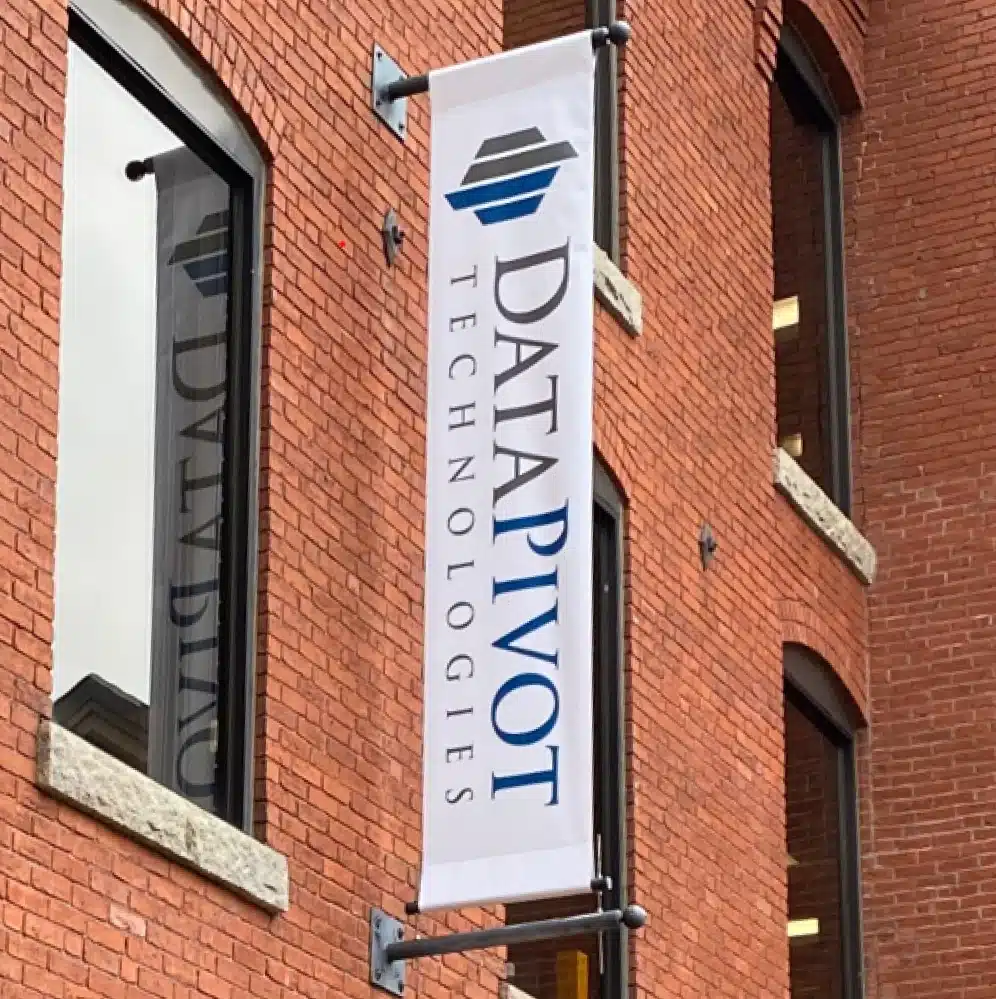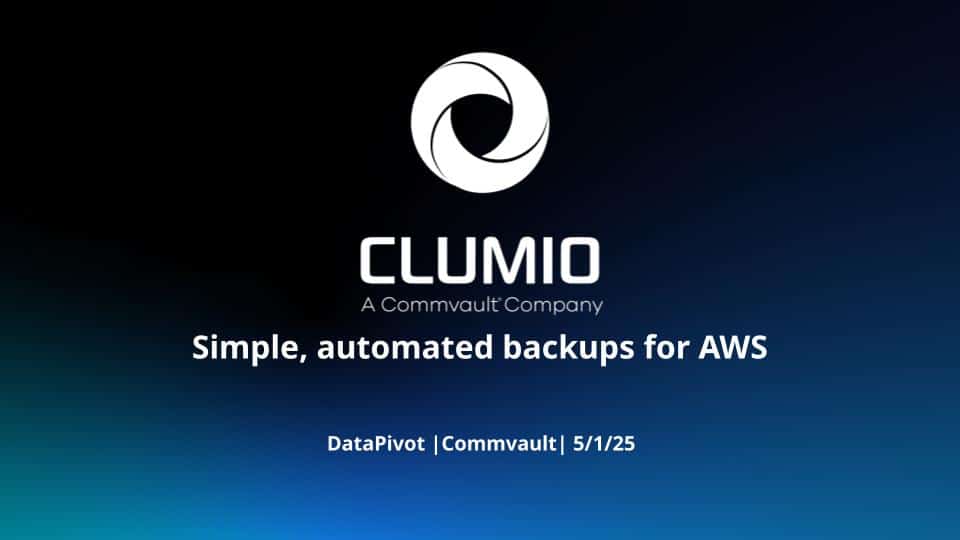
Our Approach
DataPivot specializes in enterprise data protection and cyber resilience, delivering proven, customized solutions that safeguard your business. We collaborate seamlessly, communicate clearly, and align resources strategically to ensure your success. Whether it’s answering technical questions or responding to critical incidents like ransomware attacks, we’re a trusted security partner—ready when you need us most.
Founded by Giles Westie in 2015, DataPivot was created to fill a critical market need for a customer-centric, forward-thinking data solutions provider in New England. Since then, we’ve achieved 10 straight years of consistent growth by remaining true to our mission to deliver secure and scalable data protection solutions while building long-term partnerships that drive meaningful business outcomes for our customers. We continue to build our product and services brick by brick, day by day with the utmost care to meet the demands of our clients and launch them forward.

From the start, DataPivot has been built on honesty, integrity, and a relentless focus on customer service. By staying true to our founding principles and continually evolving with the landscape, we’ve established DataPivot as a trusted leader in enterprise data protection and cyber resilience.


We help medium and large enterprises across all industries including financial services, manufacturing, legal, higher education, and various others. Contact us for a no-charge consultation. Our deep expertise and commitment to customer success will add to your business’s competitive advantage.